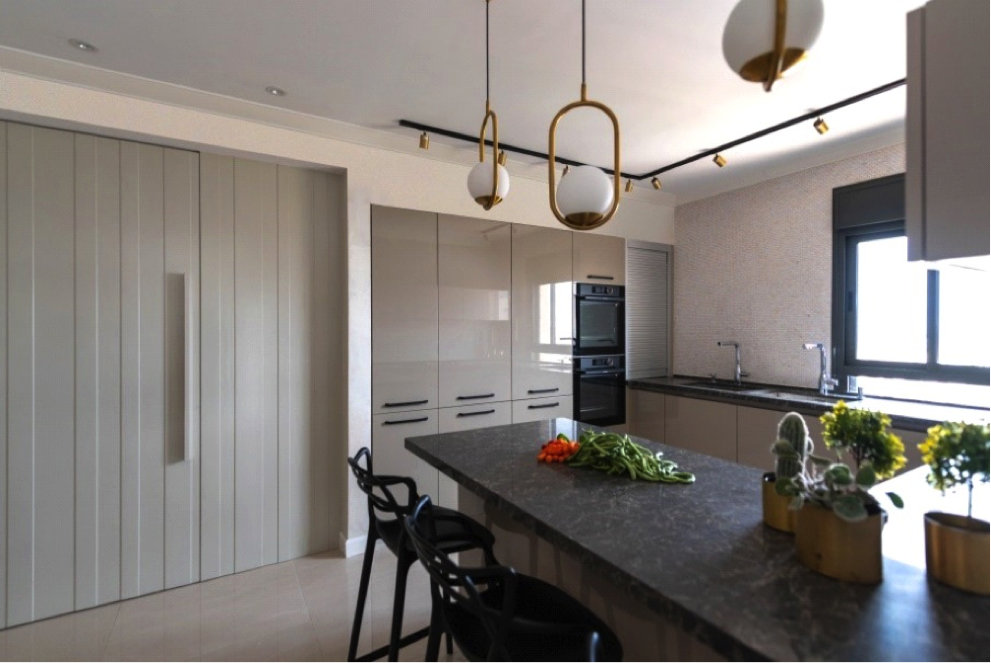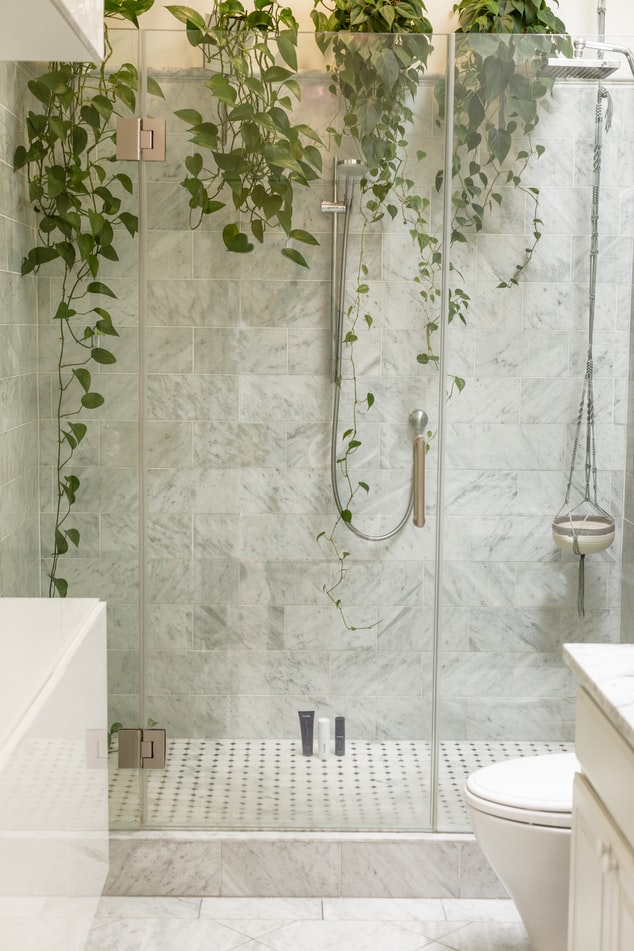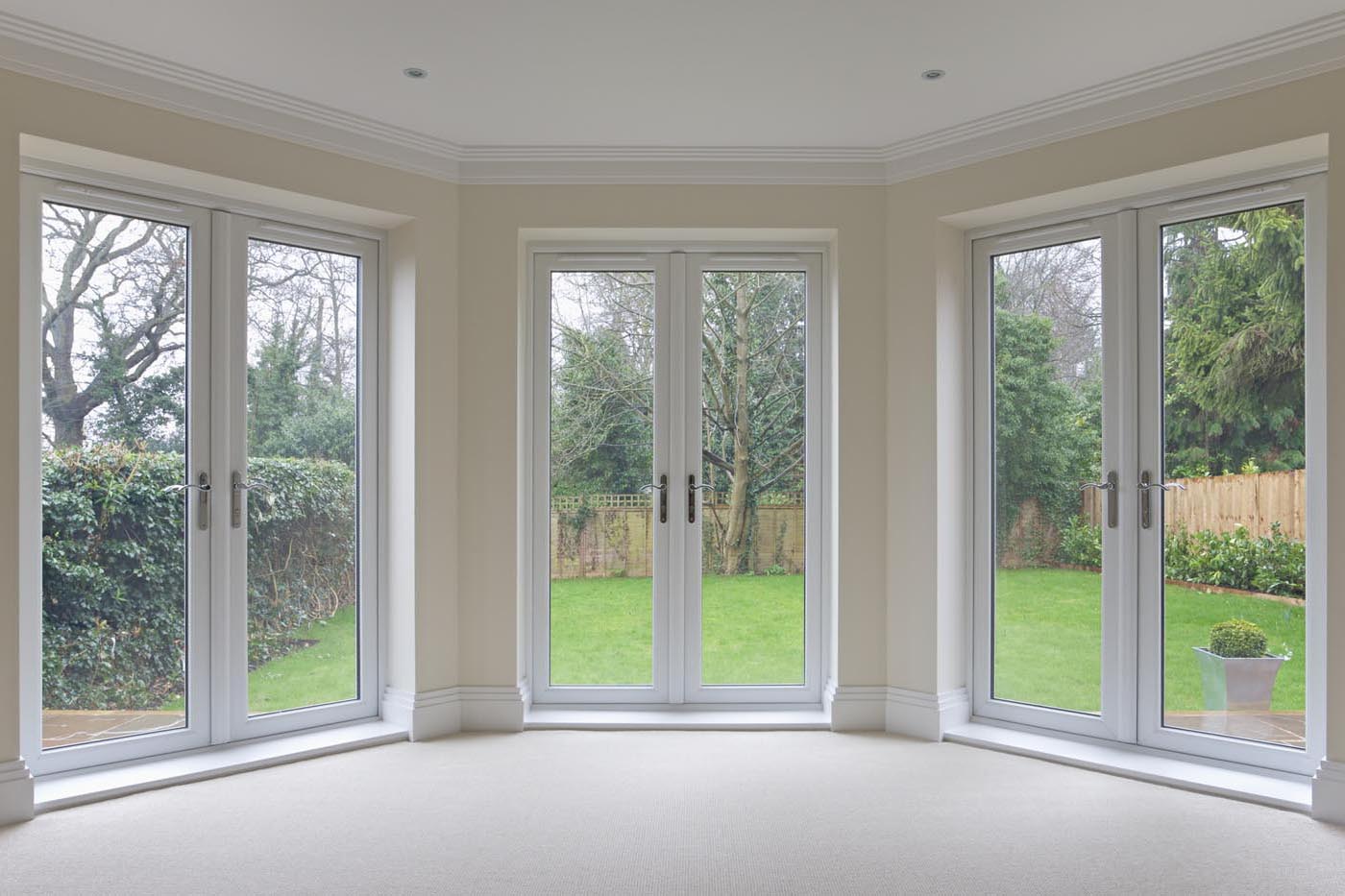Style Showdown: Casement vs. Awning Windows for Your Home

Choosing the right windows for your home can feel overwhelming, especially when deciding between casement vs awning windows!
Both options offer excellent energy efficiency, sleek designs, and easy operation, but their differences can significantly impact functionality and aesthetics. Understanding these distinctions is key to selecting the perfect fit for your space.
By comparing their features, such as ventilation, cleaning ease, and space requirements, you’ll gain clarity on which style aligns best with your home’s layout and climate.
What Are Casement Windows?
Casement windows are vertically oriented windows hinged on either the left or right side of the frame. These windows open outward through a crank mechanism, allowing you to control the amount of ventilation and airflow you need. Their design is ideal for spaces where the height of the opening exceeds its width, such as dining rooms, living rooms, or kitchens.
The unobstructed views offered by casement windows make them a great choice if you want uninterrupted sightlines. Unlike double-hung windows, their tall, narrow frames let in ample natural light while providing excellent energy efficiency. When closed, the tight seal prevents drafts and helps maintain your home’s temperature, reducing energy costs.
Casement windows are easy to clean from indoors, as the entire pane swings outward. This convenience makes them suitable for higher floors since no ladder is required for maintenance. Their outward-opening design also offers superior ventilation, letting fresh air circulate even when opened as little as 2–3 inches. For those seeking a balance of functionality, aesthetics, and energy-saving benefits, casement windows are a reliable option.
What Are Awning Windows?
Awning windows, hinged at the top, open outward to create a 45-degree angle that resembles an awning. This design ensures ventilation even during light rain without letting water enter, making them a practical choice for various climates. These windows provide maximum natural light and an unobstructed view, as they lack rails or muntins in the glass panel.
Their compact size and horizontal orientation fit well in smaller spaces, such as above kitchen sinks or in bathrooms. Awning windows also pair effectively with larger window types, like picture or custom windows, creating a visually interesting design while improving airflow. Their crank operation ensures an airtight, energy-efficient seal when closed, helping to reduce energy costs.
Compared to other window styles, awning windows demand minimal space for operation, as they open outward with no intrusion into the room. This makes them suitable for areas where interior space is limited. However, keep exterior factors in mind, as shrubs or trees near the window can obstruct full opening. Regular maintenance may involve trimming such obstructions and ensuring the crank mechanism operates smoothly.
Awning windows suit homeowners who prioritize airflow, energy efficiency, and weather protection. Their ability to ventilate without compromising on privacy or letting rain in makes them a versatile choice for many homes.
Comparing Casement Vs Awning Windows
When choosing between casement and awning windows, evaluating their functionality, ventilation, energy efficiency, maintenance, and cost ensures the right fit for your needs. Both types offer unique advantages depending on your home’s layout and preferences. Discover more about window options here.
Functionality And Operation
Casement windows hinge at the sides and open outward to the left or right using a smooth crank handle. This design allows saillike ventilation and unobstructed opening, making them a flexible choice for taller spaces.
Awning windows, hinged at the top, open outward at a 45-degree angle, resembling an awning. Like casement windows, they use a crank handle and are suitable for smaller or horizontal spaces, offering uninterrupted operation even during light rain.
Ventilation And Airflow
Casement windows provide superior ventilation, with the ability to open fully or in controlled increments, such as 2-3 inches, to maximize airflow. The lack of obstructions improves their effectiveness in maintaining indoor air circulation.
Awning windows deliver effective ventilation even in poor weather, as their overhead design prevents water intrusion. Their compact size is suitable for maintaining airflow in smaller rooms, such as bathrooms and basements.
Energy Efficiency
Both styles deliver high energy efficiency, thanks to airtight seals that lock in temperature and reduce draft risks. This makes them reliable choices for weather protection and energy savings.
Casement windows’ tighter seals make them slightly more effective in preserving heat or cool air. Awning windows’ compact design enhances insulation capabilities, especially when integrated with other window designs.
Maintenance And Cleaning
Casement windows are easy to clean from indoors due to their outward-opening design. This makes them particularly practical for second-story installations, eliminating the need for ladders or exterior cleaning.
Awning windows can’t be cleaned from inside, making them more convenient for ground-floor spaces. If placed on higher floors, access with a ladder or professional cleaning services is necessary.
Cost Considerations
Casement windows often have slightly higher costs, attributed to their larger opening sizes and more robust functionality. Their durability and superior ventilation may justify the added expense for many homeowners.
Awning windows are generally more affordable, particularly due to their compact sizing. However, installation may slightly increase costs if they’re paired with other window styles for combined designs.
How To Choose Between Casement And Awning Windows
Choosing between casement and awning windows depends on your specific needs for functionality, design, and space compatibility. Evaluate your home’s layout, climate conditions, and the purpose of the space to make an informed decision.
- Consider Space Orientation
Opt for casement windows if you have taller, narrow spaces like living rooms or kitchens. Awning windows work better in wider openings, such as above sinks or paired with larger windows for visual symmetry.
- Prioritize Ventilation Needs
Select casement windows for superior ventilation in spaces where airflow is critical. They open fully, allowing maximum breeze. Choose awning windows if you need consistent ventilation during light rain or prefer spaces with partial airflow.
- Evaluate Maintenance Factors
Install casement windows for easier cleaning on second or higher floors since they can be cleaned from inside. If using awning windows on upper levels, external cleaning access through ladders or professional service may be required.
- Assess Climate Suitability
In rainy or damp climates, awning windows offer protection through their top-hinged design, preventing water from entering while open. Casement windows are better suited for energy efficiency and weather-tight seals in various conditions, especially for taller windows.
- Coordinate Design and Aesthetic Preferences
Use casement windows to add a sleek and modern look with unobstructed outdoor views. Awning windows contribute to clean, practical aesthetics and pair well with fixed or specialty windows for a dynamic design.
- Check Accessibility and Safety
Incorporate casement windows for spaces requiring emergency egress, as they comply with building codes. Awning windows, with their limited opening angle, may be less suitable for such requirements.
Analyze these factors to choose the style that enhances both your home’s functionality and design while fitting your specific needs.







